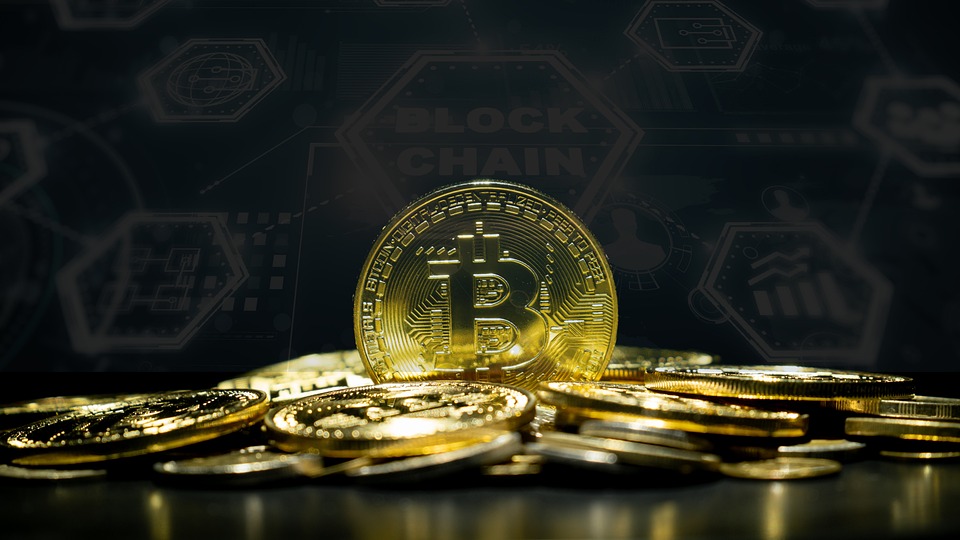Understanding Crypto Mining: The Backbone of Cryptocurrency Networks
Cryptocurrency has taken the financial world by storm, introducing a new era of decentralized finance. At the heart of this revolutionary technology lies crypto mining, a process that not only secures the network but also validates transactions. To appreciate the significance of crypto mining, one must delve into its mechanics, purpose, and the challenges it faces.
The Basics of Crypto Mining
Crypto mining involves the use of computer hardware to solve complex mathematical problems, a process known as proof of work. When miners successfully solve these problems, they validate transactions on the blockchain—a distributed ledger that records all transactions across a network. Each time a miner completes a block of transactions, they are rewarded with cryptocurrency, which serves as both an incentive and a means of introducing new coins into circulation.
The most well-known cryptocurrency, Bitcoin, employs this method, but many other cryptocurrencies also utilize mining in various forms. While the specifics may differ, the fundamental concept remains the same: miners contribute computational power to maintain the integrity of the network.
The Role of Miners
Miners play a critical role in the cryptocurrency ecosystem. They ensure that transactions are legitimate and that the system is resistant to fraud. By validating transactions, miners help prevent double-spending, a situation where a single digital coin is used more than once. This trustlessness is a core feature of cryptocurrencies, enabling users to transact without the need for intermediaries like banks.
Additionally, miners maintain the decentralized nature of cryptocurrency networks. Unlike traditional financial systems that rely on central authorities, crypto mining allows anyone with the right hardware and software to participate. This decentralization is key to the ethos of cryptocurrencies, promoting inclusivity and resistance to censorship.
The Mining Process Explained
The mining process begins when a transaction is initiated. This transaction is broadcast to the network, where miners compete to validate it. They collect transactions into a block and then work to solve a cryptographic puzzle associated with that block. The first miner to solve the puzzle gets to add the block to the blockchain and is rewarded with newly minted cryptocurrency and transaction fees.
The difficulty of the puzzle adjusts approximately every two weeks in the Bitcoin network, ensuring that blocks are added at a consistent rate—roughly every ten minutes. This self-regulating mechanism helps maintain network stability and security.
Despite its importance, crypto mining faces several challenges. One of the most significant is the environmental impact. Mining requires substantial energy, and as more miners compete for rewards, the energy consumption increases. Critics argue that this contributes to carbon emissions and exacerbates climate change, prompting calls for more eco-friendly alternatives.
Furthermore, the mining landscape is becoming increasingly competitive. As the difficulty of puzzles grows, miners need more powerful hardware to stay profitable. This has led to the rise of mining pools, where miners combine their resources to increase their chances of earning rewards. While pooling resources can be beneficial, it also centralizes mining power, which contradicts the decentralized philosophy of cryptocurrencies.
The Future of Crypto Mining
As the cryptocurrency market evolves, so too does the mining process. Emerging consensus mechanisms, such as proof of stake, are being explored as alternatives to proof of work. These methods aim to reduce energy consumption and make mining more accessible to a broader audience. Ethereum, for instance, has transitioned to proof of stake, significantly lowering its energy footprint.
Moreover, innovations in technology and renewable energy sources may help mitigate the environmental concerns associated with mining. As the industry matures, finding a balance between security, decentralization, and sustainability will be crucial.
Conclusion
Crypto mining remains a foundational pillar of cryptocurrency networks, enabling secure transactions and preserving the decentralized nature of digital currencies. While challenges such as environmental impact and centralization persist, ongoing innovations and adaptations in the mining process signal a promising future. Understanding crypto mining is essential for anyone looking to navigate the evolving landscape of cryptocurrency and its potential to reshape the global financial system.



